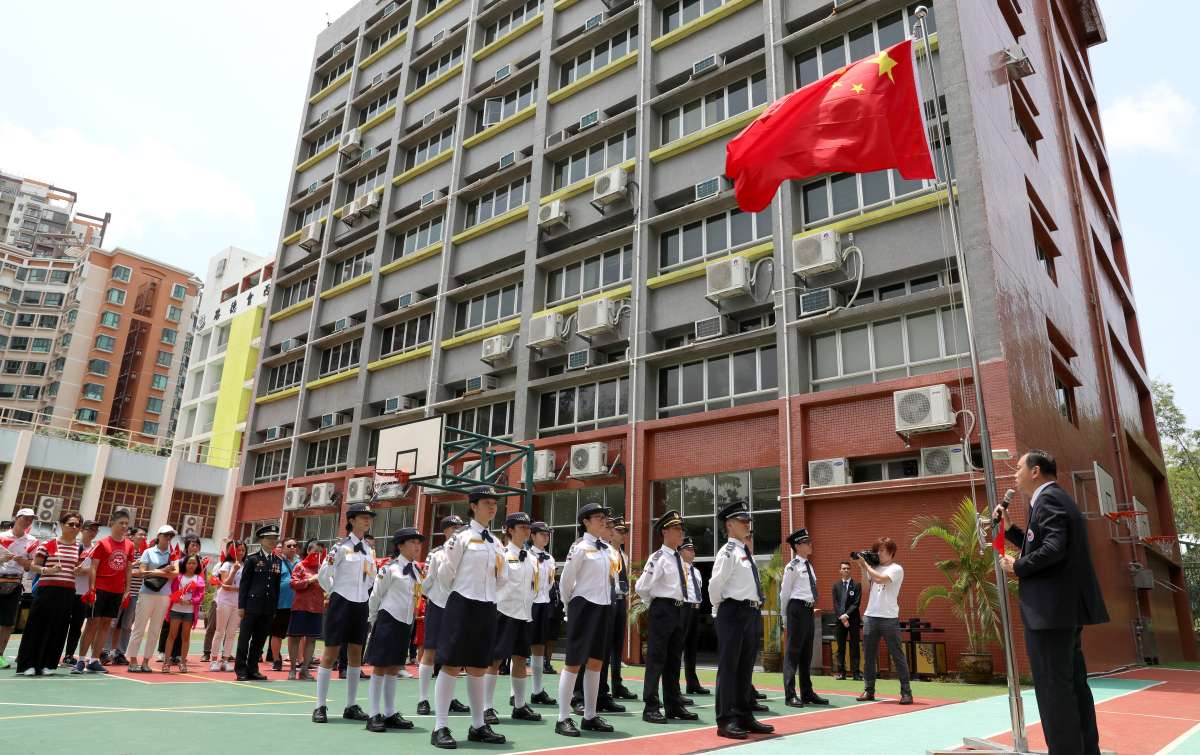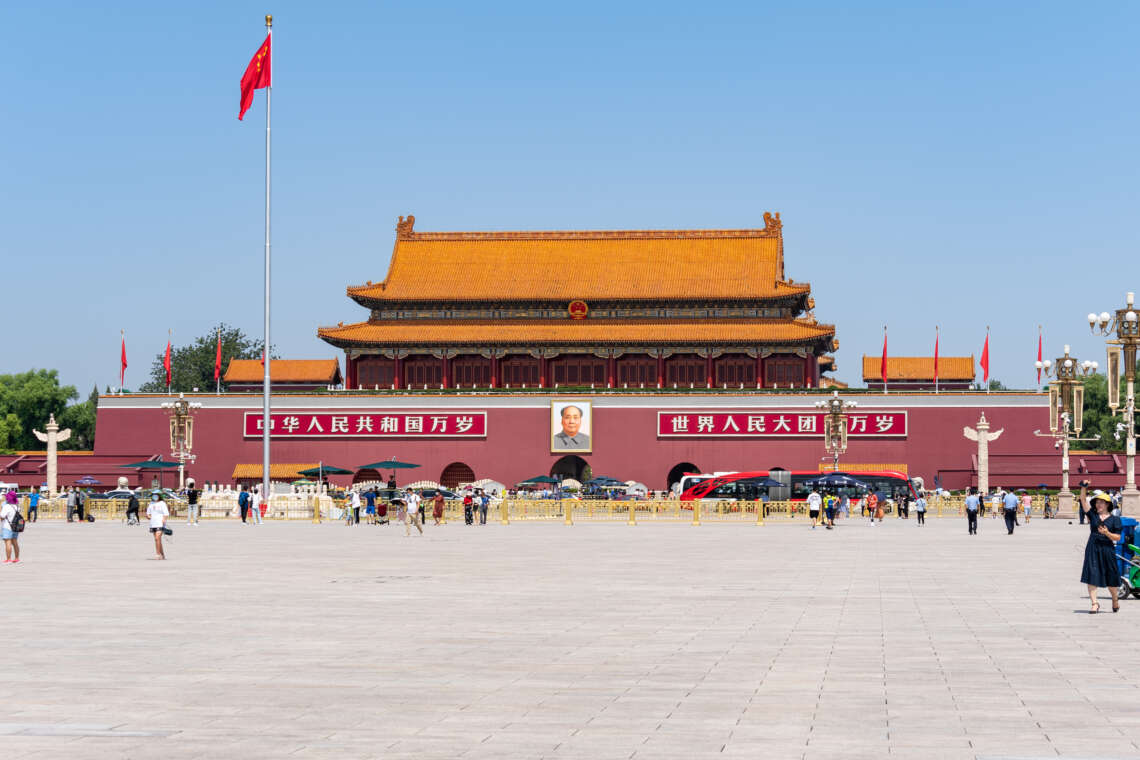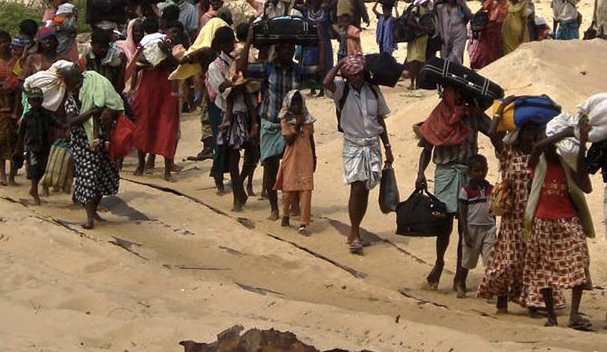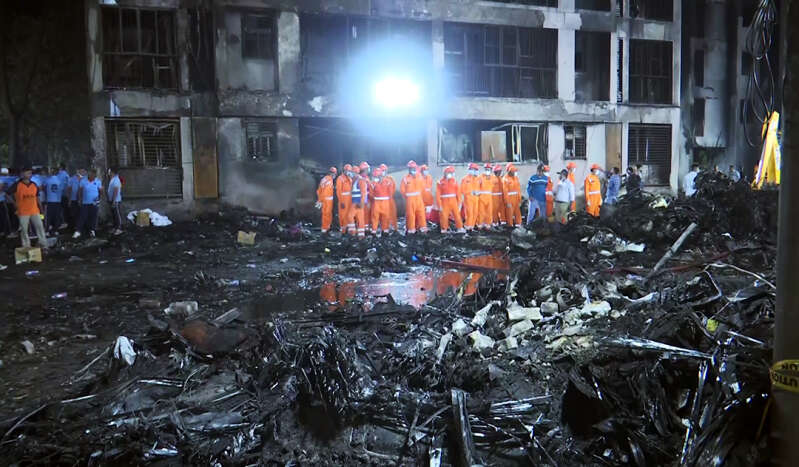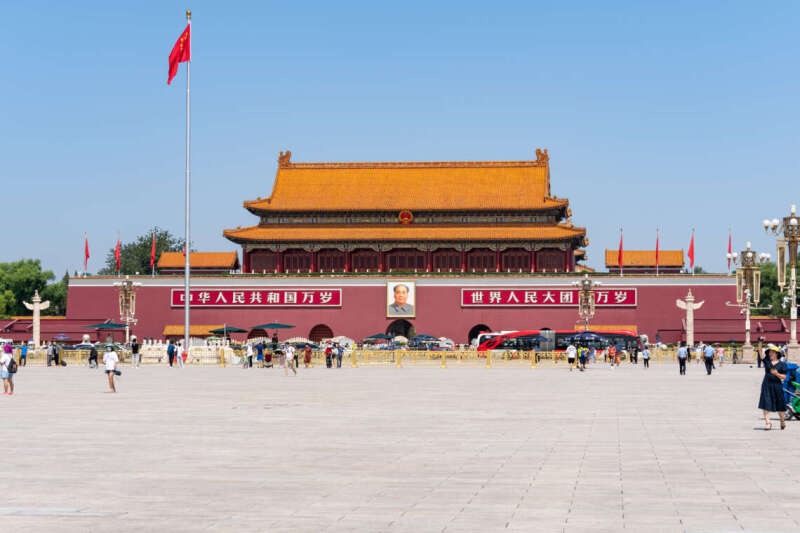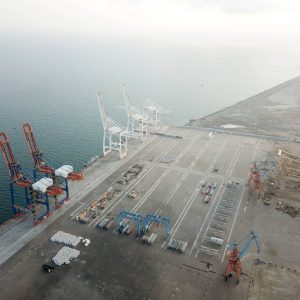In the digital era, China seeks to influence global opinion by inviting international vloggers, including many from Taiwan, to counter accusations of human rights abuses and criticisms from democratic nations and organisations….reports Asian Lite News
Propaganda and narratives have consistently formed a fundamental part of the ideological framework within Communist regimes. This was particularly evident in the Soviet Union during Stalin’s era, where widespread famine in Ukraine coincided with the exportation of wheat to other nations, all while the regime maintained a facade of normalcy in Ukraine.
Similarly, since the conclusion of the Chinese Civil War and its consolidation of power on the mainland, China has established an intricate propaganda apparatus.
In today’s digital age, characterised by limited internet access and social media restrictions within China, the government has sought to sway foreign public opinion. This includes inviting international vloggers and influencers, predominantly from Taiwan, to counter allegations regarding human rights abuses and other criticisms from democratic nations and global organisations.
This article will examine the situations in Xinjiang and Tibet, alongside China’s strategy of engaging these influencers. Notably, many of these influencers hail from Taiwan—a territory that China claims as its own. The implications of this outreach extend to Taiwan itself and resonate with a wider global audience.

What is Happening in Xinjiang and Tibet
Xinjiang and Tibet represent two of China’s most sensitive and contentious regions. Xinjiang is predominantly inhabited by the Uyghur Muslim minority, while Tibet is home to ethnic Tibetans, the majority of whom are practitioners of Tibetan Buddhism.
In both areas, China faces accusations of undermining local cultures, restricting religious freedoms, and suppressing dissent. In Xinjiang, allegations of “re-education” camps, extensive surveillance, and forced labour have led to significant international backlash. Conversely, in Tibet, the ongoing exile of the Dalai Lama and China’s stringent control over Buddhist practices remain highly controversial issues.
China has consistently rejected these allegations, framing its actions as essential for maintaining state integrity, combating terrorism, and facilitating economic advancement.
However, the reality presents a stark contrast. Numerous reports from the United Nations document human rights violations perpetrated by China in Xinjiang. The region has effectively become a vast prison for the Uyghur population, where the Chinese government imposes extensive surveillance and restricts religious freedoms.
The situation in Tibet mirrors this repression; since the early 1950s, China has systematically undermined local authority and religious practices. Currently, construction projects in the area have led to the destruction of significant Tibetan religious sites and have inflicted considerable harm on the environment and local ecosystems.

How China is using influencers in Xinjiang and Tibet
The Communist government in China has faced ongoing scrutiny from democratic nations, human rights organisations, and international bodies regarding alleged human rights violations in the regions of Tibet and Xinjiang. The engagement of foreign and Taiwanese social media influencers, particularly on platforms such as Instagram, YouTube, and TikTok, serves as a crucial mechanism for Chinese propaganda.
By inviting Taiwanese influencers to visit Xinjiang and Tibet, China gains a strategic advantage, enabling it to connect with a broader demographic of young, tech-savvy audiences both in Taiwan and internationally. Many of these influencers boast substantial followings and significantly shape public perceptions of the regions they depict.
Consequently, China aims to present Xinjiang and Tibet as safe, thriving areas, directly opposing the claims of human rights abuses that have been levelled against it.
The regions these influencers portray to their audiences are meticulously selected: they visit prosperous urban centres, attend culturally vibrant performances, and tour well-maintained religious sites. Through visually appealing photographs, video blogs, and social media posts, they depict an image of harmony, economic progress, and cultural preservation.
This narrative stands in stark contrast to the accounts provided by independent journalists, human rights groups, and Uyghur and Tibetan exiles, who describe a region where state oppression is pervasive.
On September 5, Taiwan announced that it was aware of reports suggesting that China had been recruiting Taiwanese influencers to visit Xinjiang and create content aimed at promoting a more favourable image of the region.
The Mainland Affairs Council, which oversees cross-strait relations in Taiwan, indicated that it is investigating the recent surge in Xinjiang-related content produced by Taiwanese influencers. The council also cautioned these influencers against violating anti-infiltration laws by accepting financial incentives from Beijing.
In June, Taiwanese YouTuber Potter Wang claimed that the Chinese government was inviting Taiwanese influencers on sponsored trips to China to create content.
In response to his assertions, several Taiwanese YouTubers who recently published videos about Xinjiang denied receiving any payments from Beijing. The Taiwan Affairs Office in China addressed concerns raised by Taiwanese officials, stating that Beijing had invited “Taiwan compatriots” to visit China to experience “the magnificent mountains and rivers, savour a variety of foods, engage with local customs, and share their observations.”

What is China trying to achieve through this?
Through these sponsored influencer initiatives, China aims to reshape its global image as a violator of human rights. However, for Taiwan, there are underlying motives. Earlier this year, Taiwan conducted democratic elections where Chinese influence was evident in attempts to sway the electorate towards the Kuomintang (KMT), a party more amenable to Beijing.
Instead, the Taiwanese populace opted for the ruling Democratic Progressive Party (DPP), which displeased the Chinese government. One of Xi Jinping’s long-standing ambitions is to incorporate the self-governing democratic island of Taiwan into mainland Communist China.
To achieve this, China has employed various strategies, including military threats, blockades, and misinformation campaigns targeting Taiwan. The current effort to engage Taiwanese influencers is intended to attract citizens who can significantly influence public opinion.
Any content shared online can reach a global audience; thus, if Taiwanese influencers produce favourable narratives about China in relation to Tibet and Xinjiang, it may not be perceived as propaganda since it originates from Taiwan.
In January, Taiwan’s government effectively countered misinformation campaigns from China during its elections. It can identify and disclose any payments made by China with caution. Other countries can adopt similar measures regarding influencers who have visited Xinjiang and Tibet at China’s invitation.
Regarding the potential impact of this strategy, it is unlikely to have a significant effect as most of the world is already aware of China’s human rights violations in Xinjiang and Tibet; however, Taiwan must remain vigilant.
(Lt Col JS Sodhi (Retd) is Editor, Global Strategic & Defence News and the Author of “China’s War Clouds: The Great Chinese Checkmate”)
ALSO READ: South Asia at Risk from China’s Bangladesh Ambitions
ALSO READ: Jaishankar says future of Asia hinges on India-China relations


